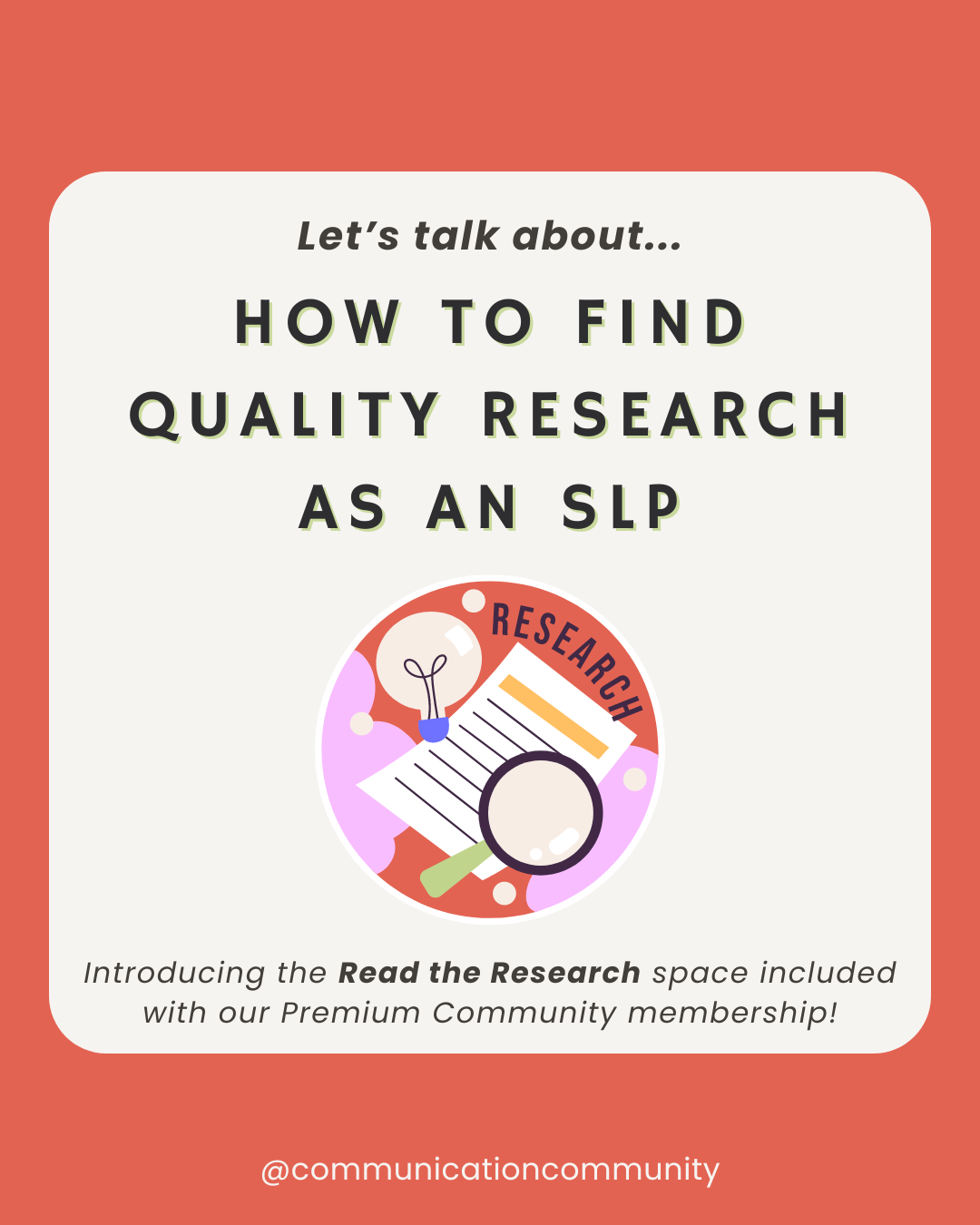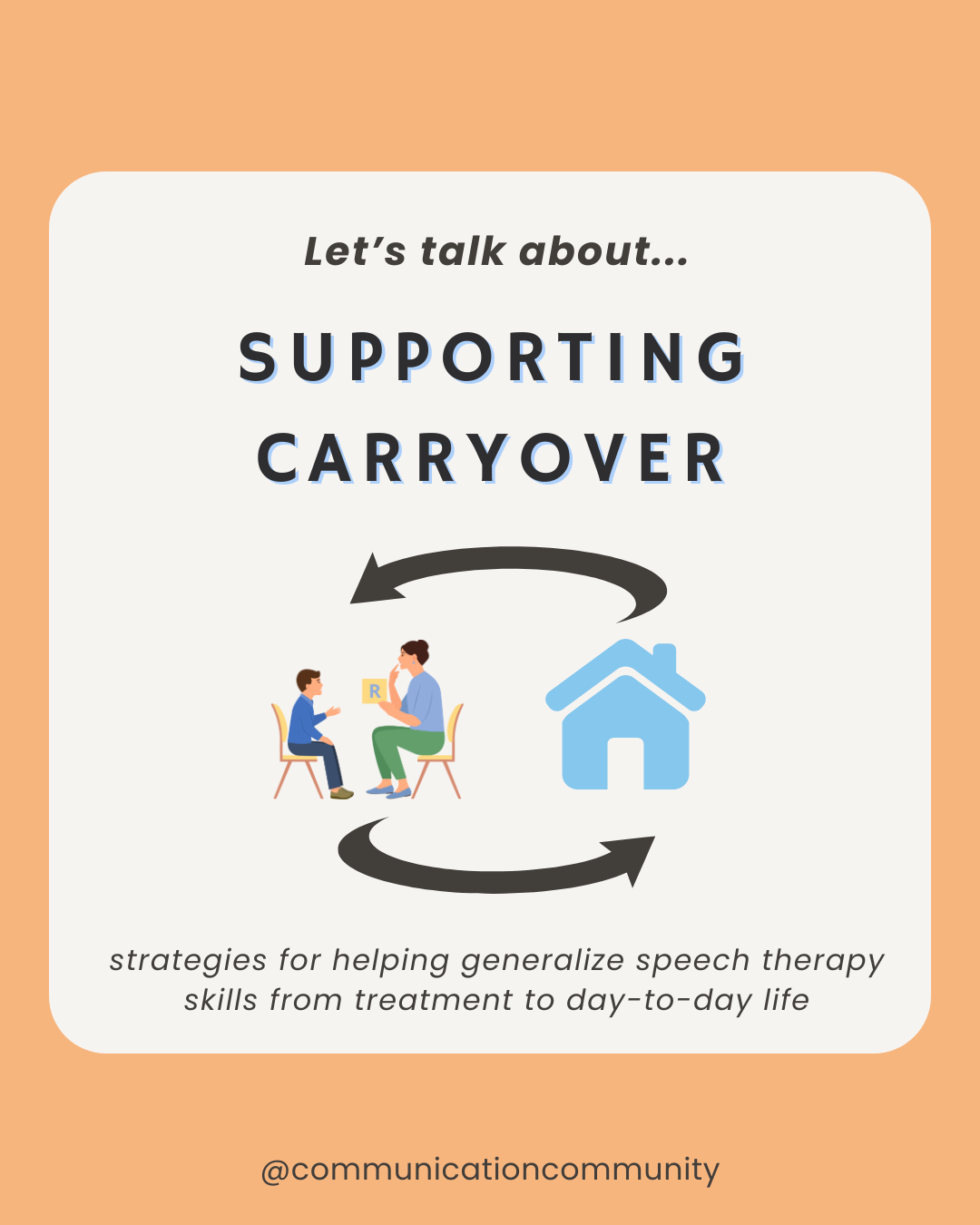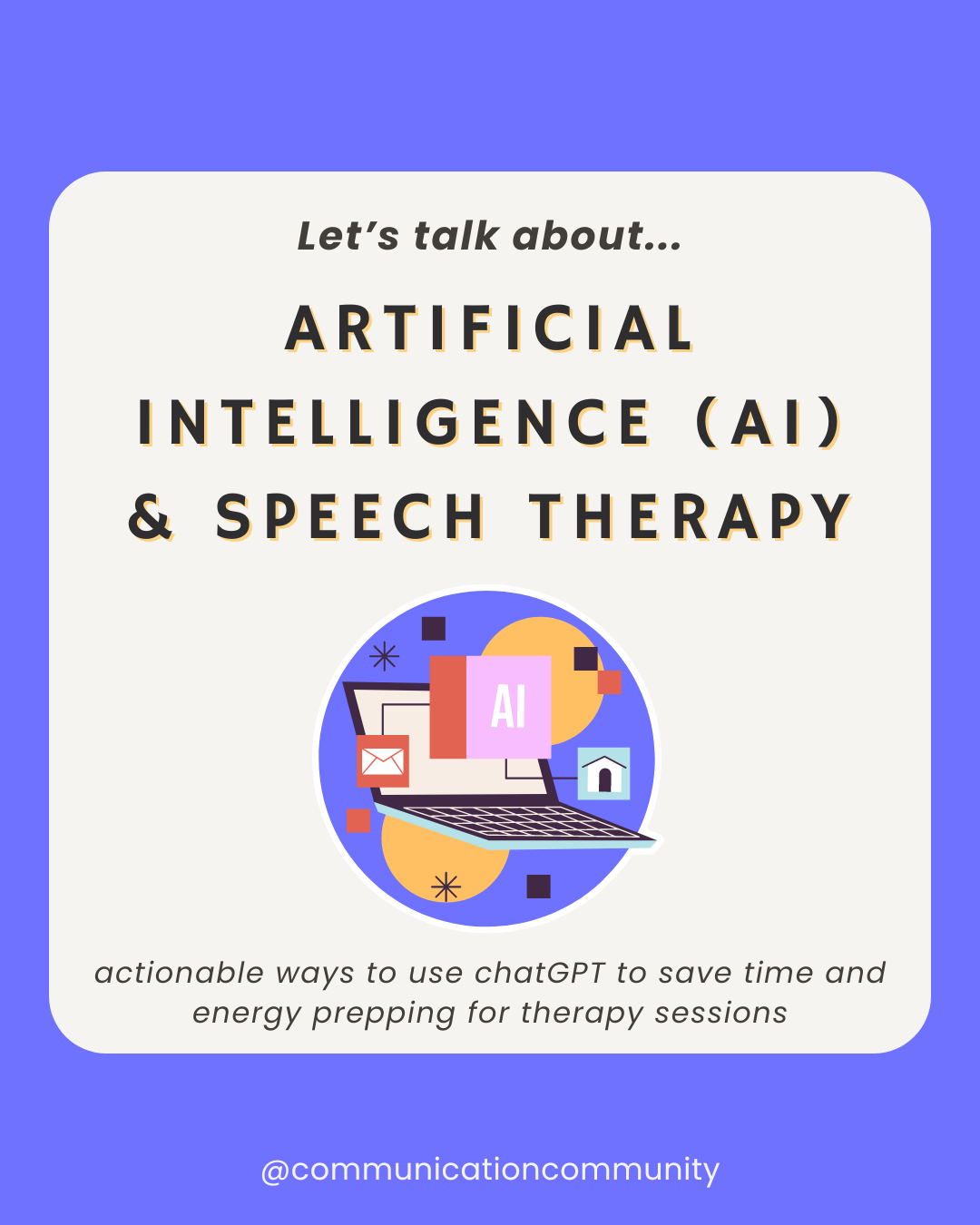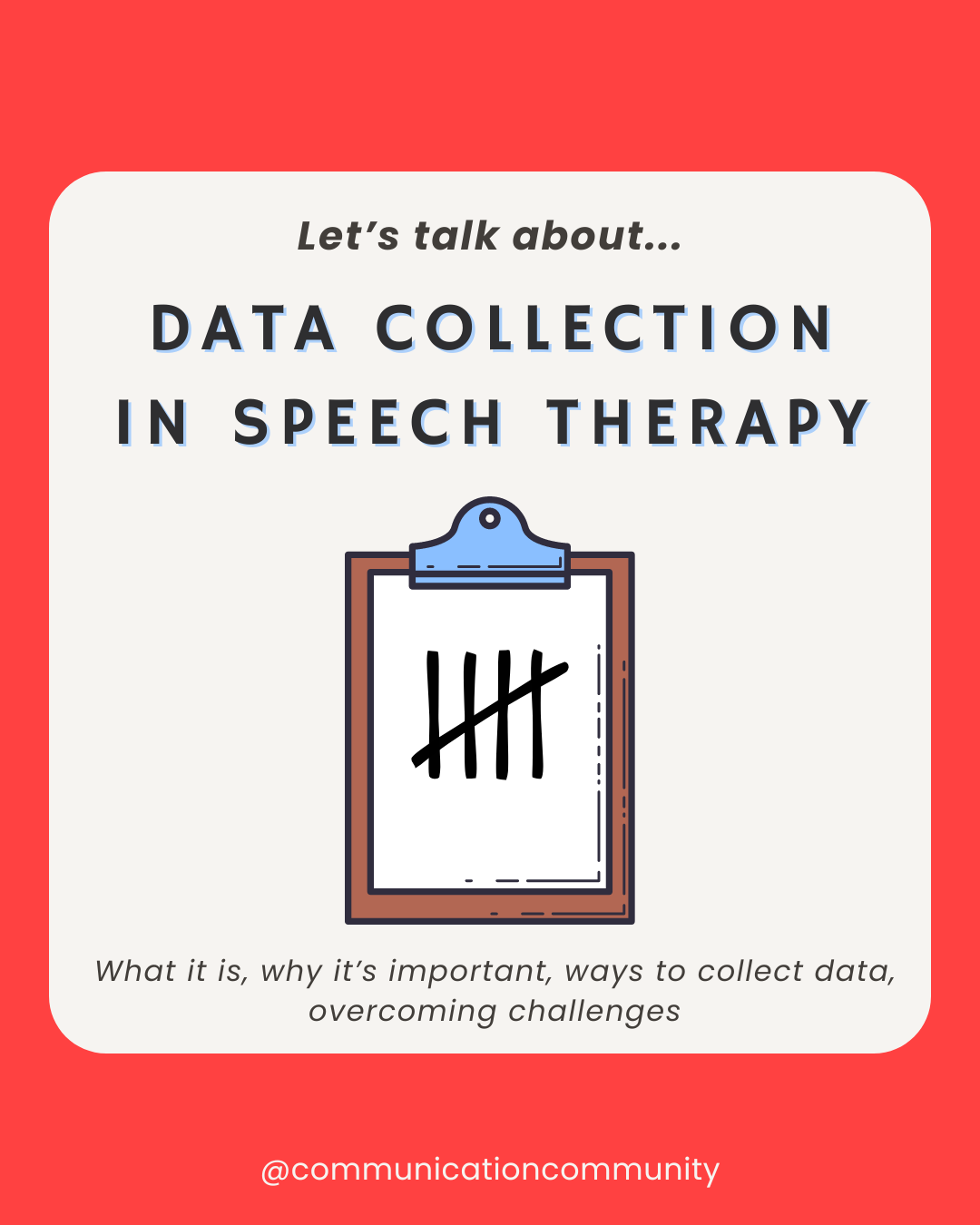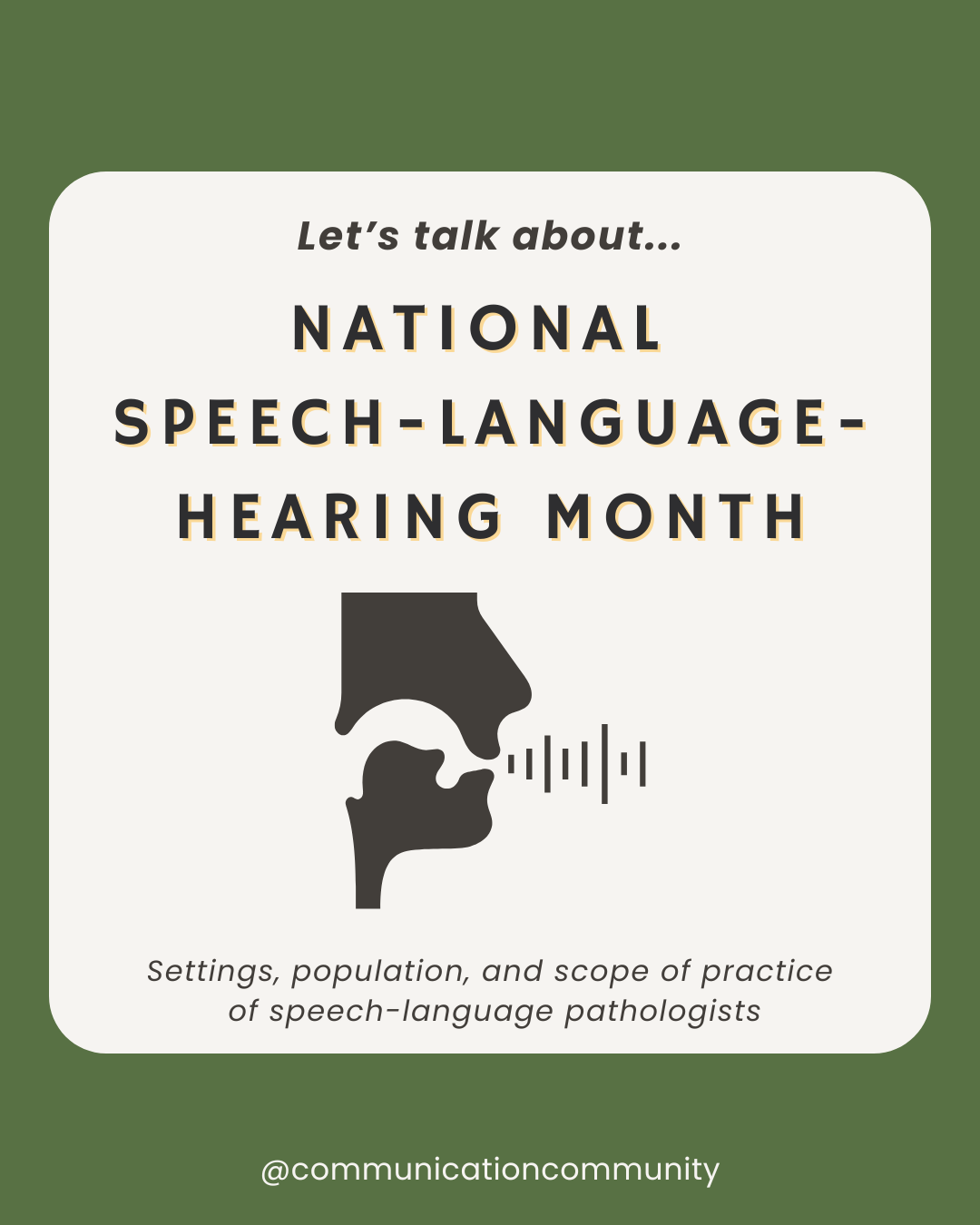Our comprehensive goal banks for school-aged language, AAC, Early Intervention & preschool, and fluency are available on our site or Teachers Pay Teachers store!
Save time creating goals with over THOUSANDS of possible goal combinations. Select your own combination of DO + CONDITION + CRITERION (and consistency) statements to develop personalized and measurable goals for your caseload.

Pragmatic Language Overview
Pragmatic language refers to social communication (aka - the language we use with others). This involves nonverbal communication like knowing where to stand when conversing with someone, and verbal communication like using a farewell (e.g., “See ya later!”) to terminate a conversation.
According to ASHA, “The cause of social communication disorder as a distinct diagnosis is not known. It is often defined in terms of the specific condition with which it is associated.”
Let’s take individuals with a diagnosis of autism spectrum disorder (ASD), for example. We usually hear about individuals with ASD as having pragmatic language limitations, as it is a primary component of their clinical diagnosis. According to the CDC, individuals with ASD often have problems with social communication and interaction, and restricted or repetitive behaviors or interests. While many individuals with autism have a clinical team of individuals they work with, speech-language pathologists (SLPs) often play a huge role because of how directly their needs tie into the realm of speech, language, and communication.
It should be noted that social pragmatic language disorder is an entirely separate diagnosis from ASD in the DSM-V. Further, persons with autism are not the only individuals who may require/request pragmatic language intervention.
Individuals with traumatic brain injury, attention-deficit/hyperactivity disorder (ADHD), and/or intellectual disability (to name a few) may also present with pragmatic language disorder(s). So, what is the best practice for working on these skills? Well, we need to start with goals!
Writing Pragmatic Language Goals
Note: We support the current research discussing neurodiversity-affirming principles and understand that previously acknowledged targets (e.g., relating to increasing eye gaze/eye contact) in pragmatic language interventions are not appropriate for certain populations.
If you haven’t already, check out our recent article that outlines How to Write Speech Therapy Goals. This post provides an in-depth template of our Communication Community goal writing formula (with examples)! For the purpose of this article, we will focus specifically on writing goals for increasing pragmatic language.
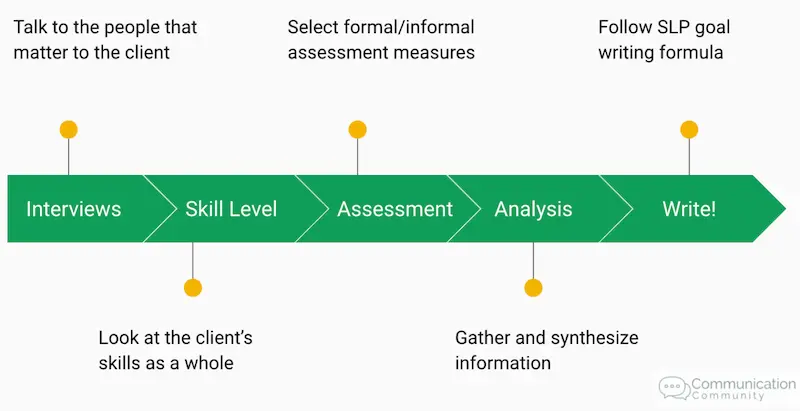
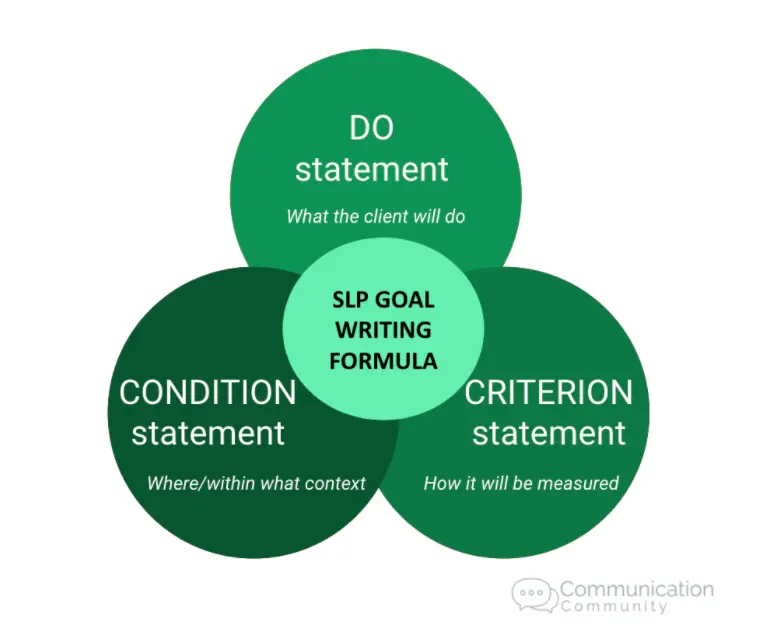
As seen above, speech goals should be written with 3 components in mind: the DO statement, the CONDITION statement, and the CRITERION statement.
DO statement
What the client is actually going to DO and the specific skill they will be working towards.
Example: ask for clarification (e.g., "Can you say that again?")
CONDITION statement
The specific setting and/or context your client will work on this skill.
Example: to familiar or unfamiliar communication partners
CRITERION statement
How the client’s performance will be measured.
Example: in 80% of opportunities
DO + CONDITION + CRITERION
Example: [Client] will ask for clarification (e.g., "Can you say that again?"), to familiar or unfamiliar communication partners, in 80% of opportunities.
It is important to remember the big picture when working on pragmatic language goals: the overarching objective is to increase the individual’s ability to strengthen their advocacy and independence by effectively and efficiently communicating their intended message across contexts and settings. As seen in the goal example above, we see just one part of many different areas that can be worked on pragmatic language-wise. To explore these pragmatic language skills a little further, ASHA divided social communication skills into 3 different pillars. We have outlined them in the table below:
3 Areas of Social Communication (ASHA)
Using Language: How we use language - for reasons like delivering an informative message, making a request, or producing a greeting
Changing Language: The way we change our language for the listener or situation - concepts like code-switching
Following Rules*: Standard social principles we follow - such as turn-taking, repeating/rephrasing, and body awareness
*It should be noted that a client may exhibit social differences based on their personal culture that may be inconsistent with the "rules" that we follow in Western culture. These differences relating to their own socio-cultural norms should NOT be considered a disorder.
Additionally, technology has changed the way that we perceive pragmatic language. We certainly use it more now than we used to. There are many ways you can incorporate technological devices into targeting pragmatic/social language skills (think - email exchanges, video chat communication, etc.)!
Pragmatic Language Goal Bank
Using language
-Example #1: [Client] will relay a single-phrase/sentence message to an unfamiliar communication partner, in 3 out of 4 trials.
-Example #2: [Client] will make a request for 5 preferred items/activities, during structured activities, with 90% accuracy.
Changing language
-Example #1: [Client] will adjust her vocal volume, across settings, within 4 out of 5 opportunities.
-Example #2: [Client] will discriminate between phrases to communicate to a stranger versus a familiar individual, within conversationally-based activities, with 90% accuracy.
Following rules
-Example #1: [Client] will demonstrate adequate body awareness (i.e., boundaries that are comfortable for [client] and communication partner) when conversing with unfamiliar/familiar individuals, in 4 out of 5 opportunities.
-Example #2: [Client] will identify (i.e., raise hand) the presence of a communication breakdown, within structured social scenarios, with 90% accuracy.
Find MORE goals in our Speech Therapy Goal Bank!
Conclusion
The examples above provide some of the many pragmatic language goals that can be used within therapy. Since pragmatic language is a socially-based language, try to contrive situations for your client where these goals can be worked on as naturally as possible (or work up to this). Why? Well, if goals are worked on within a natural context, it is easier to generalize than if they are only targeted within a structured fashion. Perhaps your client is at a skill level where they require direct (structured) instruction to be faded into a more organic conversational scenario; that is okay, too! Whichever way you choose to target pragmatic language skills - it always starts off with writing the goal!
Looking for more posts about goals and goal banks?
- How to Write Receptive Language Goals
- How to Write AAC Goals
- How to Write Play Skills Goals
- How to Write Articulation Goals
- How to Write Expressive Language Goals
- How to Write Fluency Goals (Stuttering)
- How to Write Voice Disorders Goals
- How to Write Cluttering Goals
- How to Write Phonological Awareness Goals
Looking for more pragmatic language information and resources?
- An overview and definition
- Pragmatic language therapy resources
- Supporting development as a parent or caregiver
Want to know how we prep ourselves for goal-writing (and more)?
These are some of our favorite resources for working:
- Clipboard with storage- we use ours ALL THE TIME!
- Some really nice pens - the feel of a pen that writes so well...priceless.
- Blue light glasses- for when excessive screen time is just...necessary
Have goal-related questions? Comment in the comment box below.
Happy writing!
This post contains some affiliate links and we may be (slightly) compensated if you use them, but all opinions are our own. We appreciate the support!
Citations/further resources:
https://www.ncbi.nlm.nih.gov/pmc/articles/PMC5398499/
https://pilotfeasibilitystudies.biomedcentral.com/articles/10.1186/s40814-019-0456-z
https://www.asha.org/public/speech/development/social-communication/

![How to Write Pragmatic Language Goals [with goal bank]](https://www.communicationcommunity.com/content/images/2022/12/Pragmatic-Language-Goals.webp)
